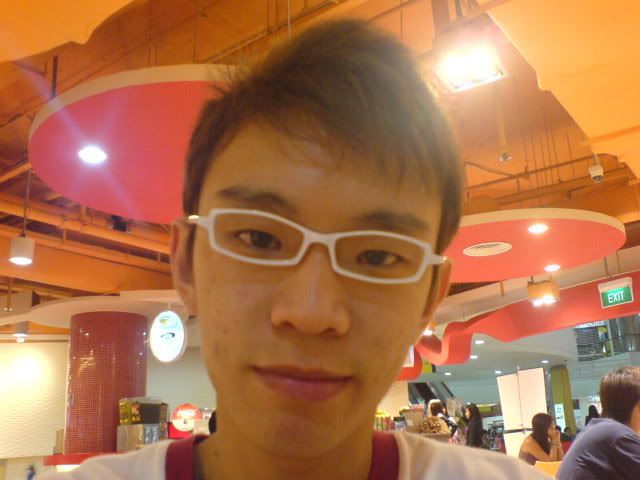Cultural probes
We distributed to 3 volunteers each a few copies of a self-study worksheet. Our investigating subjects are asked to write down how they feel about their lecturer, their sitting spaces, whole environment and about the overall lecture. For the other pages, they are asked to write whatever they want about their lecture experiences. The subjects were asked to keep the worksheets for 2 days and record down the required information during their lectures. In order get the most open-ended responses, they are permitted to write about practically anything that they want to write about their lectures. Thereafter, the worksheets are returned to us for analysis. This method allow us to gather information on how the volunteers feel at any point of the lecture even thoughts before and after the lecture. However, this method is only effective when the volunteers records down everything they see, hear and feel.
Laddering Analysis
The purpose of the laddering is to find out extra factors that make students’ experience in the lectures pleasurable or non-pleasurable. This a narrower and less informative approach as compared to the cultural probe. The starting question of the approach is “How do you find lectures in NUS?”which aims to find out what students like and do not like about the lectures in NUS. We subjected 3 volunteers to the laddering process and recorded the responses for analysis.
Ethnographic Studies
Our ethnographic studies consists of 3 portions, interview, survey and lecture observation. The main purpose of these three methods is to find out the habits of students in lecture halls and find possible reasons and trends behind these actions that students do.
In the surveys and interviews we have structured our questions based on the following factors:
- Time
- Environment
- Place
- Other people interpretation
- Previous experience
Our results
The results we have collected are mainly about the environment of the lecture hall and teaching style of the lecturer. From the worksheet we have given out to the students, we found out that previous experience of the lecture effects the experience of the lecture. Furthermore, lecture experience does not only limited to lecture itself. It happens before on steps into the lecture hall.
From our observations, most people are distracted when opening the doors. They look in the direction of the person entering or exiting rather than looking at the lecturer. Furthermore, the doors make noise when opened. Those sit behind also tend to do their own things – eg: using laptops, talking more, fall asleep. This trend is more prominent in bigger lecture groups where students are further away from lecturers.
From the surveys and the interviews, we have gathered that most people find lectures boring and prefer a two way interaction style of learning such as lectures in seminar rooms where students can participate and interact with the lecturer. They also prefer the lecturer to use more videos and interesting methods of teaching and likes their sitting area to have more working and leg space.
Other presentations
Other presentations have also talked mainly about satisfying physiological needs of students is the key to improving their learning experiences. The group talking about "feng shui" have also said that the surrounding affects on one's "qi" (energy) which I would think is affecting a person's experience with that place. Thus, improving the environment and satisfying the physiological needs of the students would improve their learning experience.
Our studies is only limited to the students of NUS and the structure of the lecture halls are very much similar. One of the groups have extended their research to SMU. Their lecture halls are more suited for discussion and have much more pleasing design.
Possible solutions
The possible solutions would be to improve the environment of lecture theaters. Current hinge doors can be replaced with silent sliding doors and placed at the back of the lecture theaters to reduce distractions.
Time of the lecture is also an improtant factor. We have found out that most people favour the 12-2 lecture timeslot. The "feng shui" group have also stated that timing will affect the energy that a person has and affecting a person's learning experience. However, it is not possible to put all the lectures at the same timeslot. Thus, one possible solution is to give shorter lesson or more breaks during lectures for timeslots that are very early or late.
For the style of teaching of the lecturer, interaction between the students and the lecturer can be improved and more visual aids should be given in a lecture. Using of multimedia tools for teaching would give a greater impact to students and have a more pleasurable learning experience.


No comments:
Post a Comment